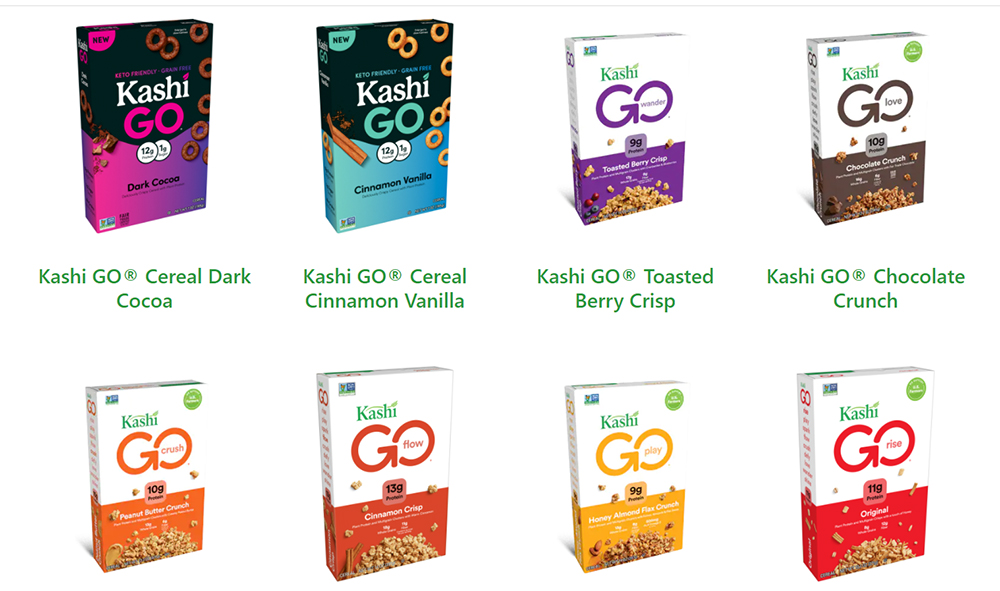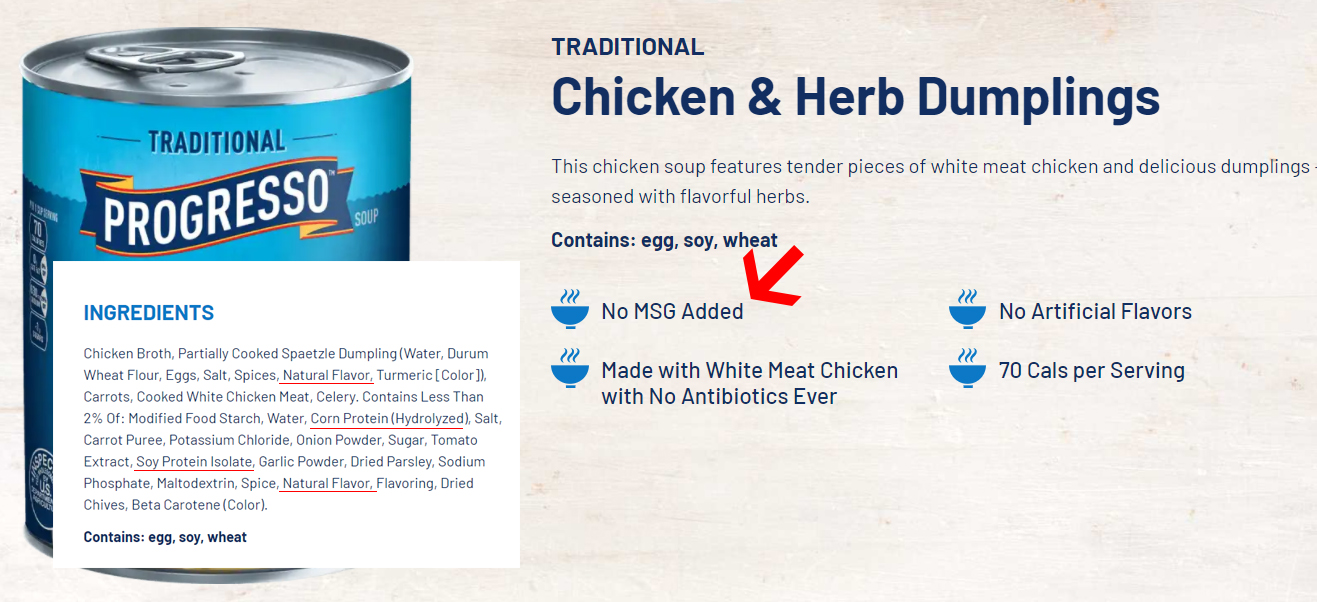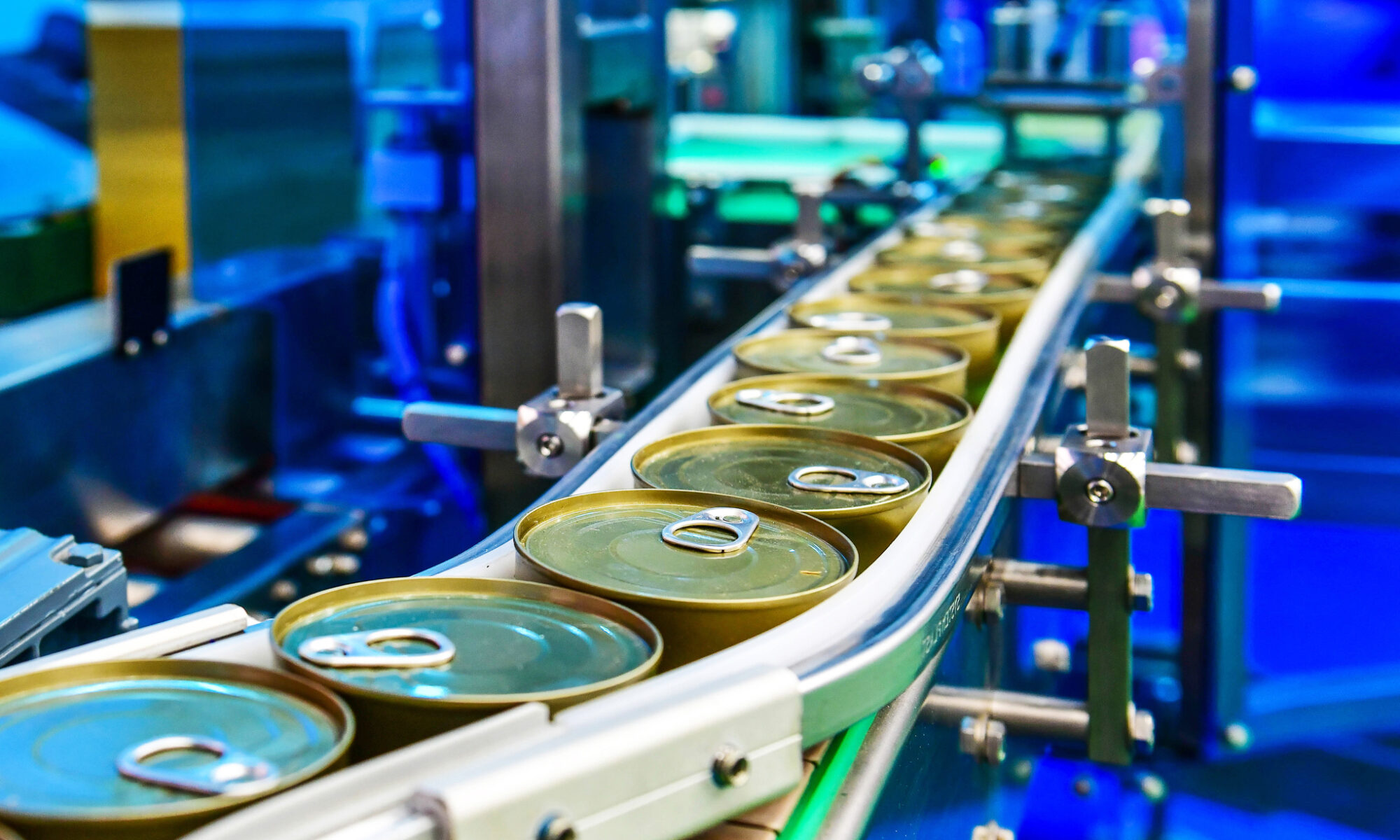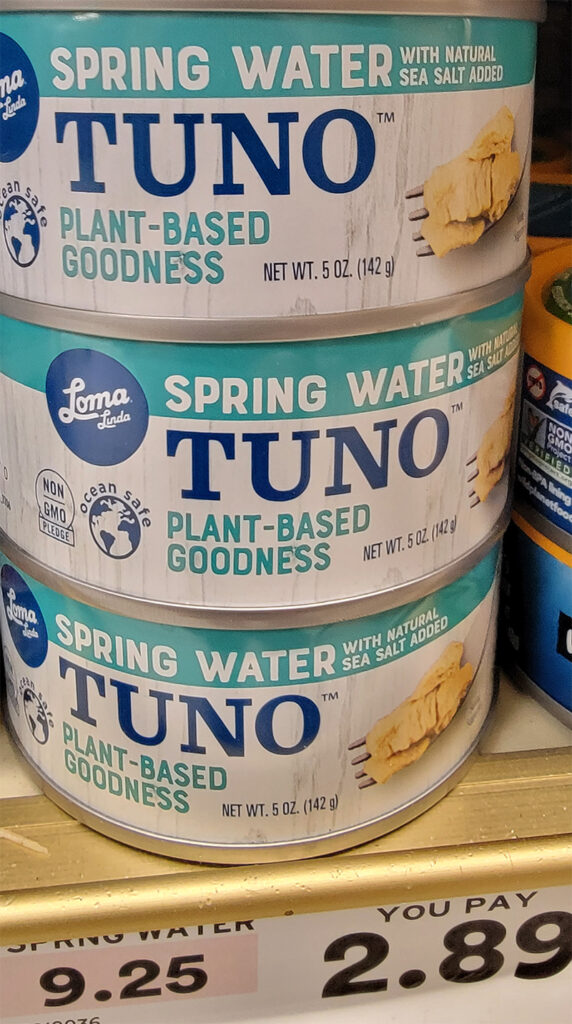Long before 1969, when Olney first demonstrated the toxic effects of free glutamic acid, it was observed that on occasion glutamic acid would accumulate in the space between neurons referred to as interstitial tissue, and that would be followed by brain damage.
It has long been understood that acute increases in extracellular glutamate levels can lead to over-stimulation of glutamate receptors, resulting in a cascade of excitotoxic-related mechanisms culminating in neuronal damage.
Recognition of the significance of the role played by glutamic acid was slow in coming. Indeed, for a long time, it was not realized that glutamate was a neurotransmitter. The presence of glutamate in every part of the body as a building block for protein made its special role in the nervous system difficult to recognize. Its function as a neurotransmitter was not generally accepted until the 1970s, decades after the identification of acetylcholine, norepinephrine, and serotonin as neurotransmitters. 1.
Glutamate is an excitatory neurotransmitter with several types of receptors found throughout the central nervous system, and its metabolism is important to maintaining optimal levels within the extracellular space.
“Over the past three decades, researchers have learned that glutamate is the major excitatory neurotransmitter of the healthy mammalian brain, as the most profuse free amino acid that happens to sit at the intersection between several metabolic pathways (Watkins and Jane, 2006; Zhou and Danbolt, 2014). Glutamate is stored in synaptic vesicles of nerve terminals until it is released by exocytosis into the extracellular fluid, where it can quickly become highly concentrated (Zhou and Danbolt, 2014). Additionally, micromolar concentrations of basal extracellular glutamate, originating from non-vesicular release from the cystine-glutamate antiporter, continue to circulate in the space outside the synaptic cleft (Baker et al., 2002). Maintaining optimal levels in this space is essential, as low levels can deplete energy whereas excess levels can lead to cell death (Zhou and Danbolt, 2014). Glutamate transporters located on the outside of astrocytes and neurons quickly act to remove excess glutamate (Zhou and Danbolt, 2014). Receptor proteins at the surface of cells detect glutamate in the extracellular fluid and receive it (Zhou and Danbolt, 2014).” 2.
In the meantime, the incidence of neurodegenerative disease and disease states such as autism was growing, and myriads of studies of “glutamate-induced” abnormalities were published and chronicled in PubMed.gov. It is well documented that glutamic acid is implicated in kidney and liver disorders, neurodegenerative diseases, and more. By 1980, glutamate-associated disorders such as headaches, asthma, diabetes, muscle pain, atrial fibrillation, ischemia, trauma, seizures, stroke, Alzheimer’s disease, amyotrophic lateral sclerosis (ALS), multiple sclerosis, Huntington’s disease, Parkinson’s disease, depression, schizophrenia, obsessive-compulsive disorder (OCD), epilepsy, addiction, attention-deficit/hyperactivity disorder (ADHD), frontotemporal dementia and autism were on the rise, and the scientific community generally accepted evidence of the toxic effects of glutamate.
A January 15, 2023 search of the National Library of Medicine using PubMed.gov returned 4276 citations for “glutamate-induced.”
In 1969 and the decade that followed, it was demonstrated that ingestion of free glutamate of various dosages and routes of administration would produce excess amounts of free glutamate in such quantity as to cause brain damage in every laboratory animal available. In 1969, Olney coined the term “excitotoxin” to describe the brain-damaging actions of glutamic acid. 3.
Olney was a neuroscientist interested in such things as amino acids and brain function and had no interest in food science.
In the late 1960s, he became suspicious that obesity in mice, which was observed after neonatal mice were treated with monosodium glutamate for purposes of inducing and studying retinal pathology, might be associated with hypothalamic lesions caused by monosodium glutamate treatment; and in 1969 he first reported that monosodium glutamate treatment did indeed cause brain lesions, particularly acute neuronal necrosis in several regions of the developing brain of neonatal mice, and acute lesions in the brains of adult mice given 5 to 7 mg/g of glutamate subcutaneously.
Research that followed confirmed that monosodium glutamate, which was routinely given as the sodium salt, monosodium glutamate (brand name Accent), induces hypothalamic damage when given to immature animals after either subcutaneous or oral doses.
At the time, Olney and others were using inexpensive, off-the-supermarket shelf Accent brand monosodium glutamate for their studies instead of using more expensive pharmaceutical grade glutamic acid.
Those who manufactured and profited from the sale of MSG had a different agenda. They knew that their product, monosodium glutamate, had been used as the source of free glutamate that caused brain damage in laboratory animals. And they made it their mission to do whatever it might take to convince the public that MSG was a harmless, or even beneficial, food additive.
After Olney’s 1969 discovery, the existence of free excitotoxic amino acids present in food became the best-guarded secret of the food and drug industries. The U.S. producer of monosodium glutamate established an organization, hired researchers and PR firms that produced non-stop propaganda, and successfully censored anything that suggested that MSG might be harmful. This is how it was and how it continues to be done.
1) Start with a well-funded organization
In 1969, the International Glutamate Technical Committee (IGTC) was founded. Andrew G. Ebert, Ph.D. took credit as its founder. Ajinomoto’s role was not publicly disclosed.
The IGTC sponsored, gathered, and disseminated research on the use and safety of monosodium glutamate; designed and implemented research protocols and provided financial assistance to researchers; promoted acceptance of monosodium glutamate as a food ingredient; and represented members’ collective interests. Those collective interests were to sell monosodium glutamate. Ajinomoto was its principal sponsor. There is every indication that its financial resources were unlimited.
2) Identify and employ MDs and PhDs to conduct research designed and supervised by your organization – research from which readers will conclude that monosodium glutamate is a harmless food additive.
By and large, those who have represented the glutamate industry have produced research relative to the safety of monosodium glutamate only in response to encouragement (payment of some sort) from the glutamate industry.
3) Identify and employ prestigious universities and medical schools to host your research. Universities and medical schools profit from hosting research.
4) Identify and befriend FDA, USDA, EPA, and NIH staff who will work actively to support the position that monosodium glutamate should be accepted as generally recognized as safe (GRAS). It is well understood that those who work for government agencies and do nothing to challenge the industries that they are employed to regulate will be rewarded with industry jobs from time to time (the revolving door policy) or with government retirement.
5) Use a variety of strategies.
Vary the details of the individual research studies so the studies give the appearance of being independent of one another. (When asked for the details of their studies, IGTC-sponsored researchers know little or nothing of the details.)
Suppress unfavorable information.
Disseminate seemingly unlimited amounts of deceptive and/or misleading information.
6) Disrupt the activities of those who oppose you.
7) Convince both appointed and elected officials to endorse monosodium glutamate as a harmless food additive.
They’re called lobbyists. They do most of Ajinomoto’s work in this area.
8) Legitimize the need for the existence of monosodium glutamate.
After years of funding studies aimed at renaming glutamate receptors in the mouth and on the tongue – calling them taste receptors — Ajinomoto had some of those studies published and reported on by the media. From that point, the concept of “umami” as a fifth taste was picked up by the food industry, and its friends at the FDA. That was how Ajinomoto moved the concept of “umami” into the vernacular.
What is “umami?” It’s a hypothetical construct invented by Ajinomoto to legitimize and promote the use of MSG in food. Think about it. MSG is a neurotoxic flavor enhancer. By referring to MSG as umami and promoting its new name, Ajinomoto is working to sell MSG to the public as a way to provide an ‘exciting’ fifth taste.
By and large, the IGTCs human studies commenced in 1980 with research that “failed to produce any evidence that monosodium glutamate causes asthma or Chinese restaurant syndrome.” And coming to that conclusion was a slam dunk. All they had to do was look at the wrong thing, at the wrong time, in people who were not sensitive to MSG. For good measure, they laced their placebos with excitotoxic aspartame and/or ingredients other than monosodium glutamate that contained excitotoxic processed free glutamic acid. Then the propaganda people would spin the story that monosodium glutamate is safe.
The Glutes don’t plagiarize, fabricate (make up) data, or falsify data by manipulating research materials, equipment, or processes, or changing or omitting data or results such that the research is not accurately represented in the research record. Instead, the Glutes design and implement studies guaranteed to fail to find evidence of MSG toxicity.
Leaving nothing to chance, Andrew Ebert supplied all industry researchers with placebos that caused reactions identical to those caused by MSG test material. That practice started in 1978 and remained in operation until it was made public.
Adverse reactions
Despite the fact that the Glutes are in control of mainstream media and social media, individuals continue to share information about their adverse reactions following eating things that contain free glutamate.
The growing literature on control of glutamate release testifies to this increasing awareness — awareness of glutamate-induced brain damage, but without focus on the benefits of reducing the availability of free glutamate. This growing literature on control of glutamate release focuses on the development of drugs with which to treat glutamate-induced brain damage, giving little attention to actually reducing free glutamate.
At last search, there were 5778 articles listed on PubMed on the subject of “control of glutamate release,” with titles such as “Influence of glutamate and GABA transport on brain excitatory/inhibitory balance” 4. and “Astrocytes Maintain Glutamate Homeostasis in the CNS by Controlling the Balance between Glutamate Uptake and Release.” 5.
Each studied the subject through the review of potential remedies (drugs) that might reduce whatever abnormality was being studied.
In contrast, I have found only one article that suggests the way to prevent adverse reactions following ingestion of foods that contain free glutamate might be to stop eating things that contain it.
Today, excitotoxins present in food remain largely ignored or unknown, mostly because the rich and powerful food and pharmaceutical industries want it that way. A great deal of food industry profit depends on using excitotoxins to “enhance” the taste of cheaply made food. And a great deal of pharmaceutical industry profit depends on selling drugs to “cure” the diseases and disabilities caused by the excitotoxins in the food supply.
It may be that industry’s ability to censor anything that might suggest that MSG might be harmful continues to be effective, for no one has yet come out and said, “The way to prevent adverse reactions following ingestion of foods that contain free glutamate might be to stop eating things that contain it.”
Adrienne Samuels
References
1. Watkins JC. l-glutamate as a central neurotransmitter: looking back. Biochem Soc Trans. 2000;28(4):297-309. PMID: 10961913.
2. Pal MM. Glutamate: The Master Neurotransmitter and Its Implications in Chronic Stress and Mood Disorders. Front Hum Neurosci. 2021 Oct 29;15:722323. doi: 10.3389/fnhum.2021.722323. PMID: 34776901; PMCID: PMC8586693.
3. Olney JW. Brain lesions, obesity, and other disturbances in mice treated with monosodium glutamate. Science. 1969 May 9;164(3880):719-21. doi: 10.1126/science.164.3880.719. PMID: 5778021.
4. Sears SM, Hewett SJ. Influence of glutamate and GABA transport on brain excitatory/inhibitory balance. Exp Biol Med (Maywood). 2021 May;246(9):1069-1083. doi: 10.1177/1535370221989263. Epub 2021 Feb 7. PMID: 33554649; PMCID: PMC8113735.
5. Mahmoud S, Gharagozloo M, Simard C, Gris D. Astrocytes Maintain Glutamate Homeostasis in the CNS by Controlling the Balance between Glutamate Uptake and Release. Cells. 2019 Feb 20;8(2):184. doi: 10.3390/cells8020184. PMID: 30791579; PMCID: PMC6406900.











